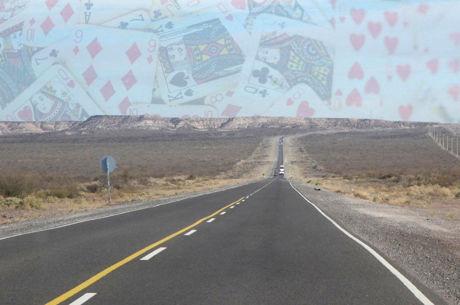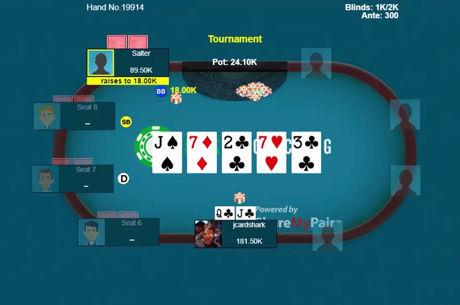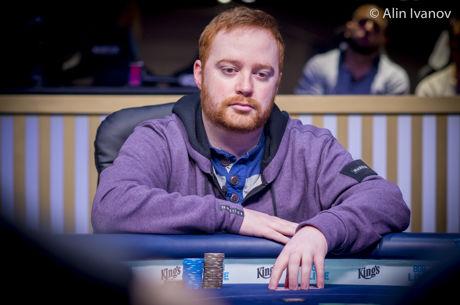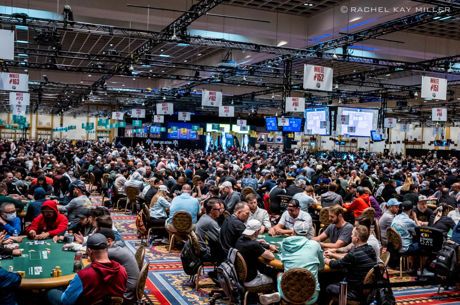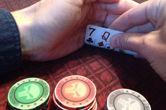Three Key Ingredients of Successful Bluffing
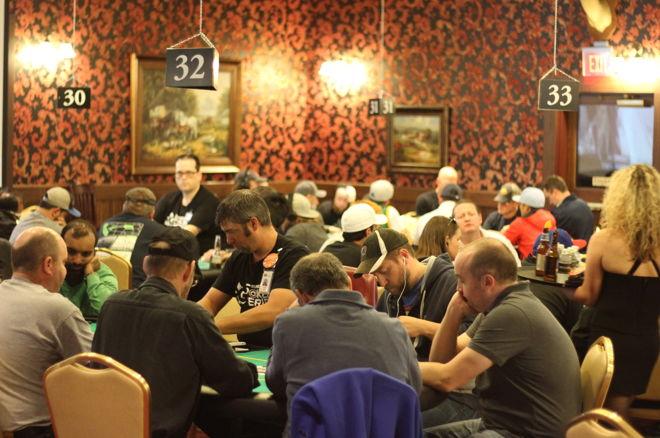
One of the most frequent questions that non-poker players ask poker players is, "Do you bluff much?"
That's what the rest of the world thinks of when they think of poker �� bluffing. So, too, do those just starting out in poker look to understand exactly how and when to bluff.
This column starts down that long road by sharing a few key ingredients for a successful bluff.
Ingredient #1: Have a believable story
Don't view your bluff as an isolated action. Make sure it's part of "story" that you've been telling with your actions that makes sense and is believable. Here's an example of what not to do in that regard.
You sit down and buy in for $200 in a $1/$2 game at your local poker room. You're in early position and raise to $8 with A?K?. Four players call, including the button and the big blind.
The flop is 8?5?2?. You figure no one would be especially helped with that, so you make a continuation bet of $20. You get one call from the button.
The turn is the 10?. You figure that you might win the pot by firing another barrel. So you bet $40. The button calls again.
The river is the Q?. You figure that with a board of three clubs, maybe your opponent will believe you hit a flush. So you shove with your remaining $132. Your opponent has you covered and calls with K?8?. He has a pair of eights and wins the pot.
You attempted to win without so much as a pair by betting large on the river, hoping to represent that you hit the club flush. But your betting during the earlier part of the hand didn't tell a convincing story.
Think about how your preflop, flop, and turn bets were likely to be viewed. Is this how a reasonable player would play a flush draw? What would you have had when you bet preflop and on the flop? Would you have bet preflop and on the flop with just two and then three clubs?
In short, your betting before the river didn't indicate that you were drawing to a flush, as you aggressively bet from early position. And so, though the river made a flush possible, it didn't make it seem likely that you hit one �� hence the call.
Ingredient #2: Bluff people you believe will fold when you bet
Let's say you've just sat down in a game and in a heads-up situation on the river you find yourself in a spot where you're thinking of bluffing. You have no idea of the type of player you're against. Perhaps the guy you're trying to bluff is a terrible calling station who never gets away from a hand once he's put some chips in the middle. Maybe he's trying to lose. Maybe anything.
Being new to the game, you don't have a read on him. Therefore, you don't know enough about him to have any confidence that a bluff is likely to work on him.
On the other hand, had you known he was someone who was guarding his stack and who loathed to call any large bet on the river unless he had the nuts, then bluffing might be a fine play with an excellent chance of success.
The key is to make sure, before you attempt a bluff, that you know your opponent well enough to be sure that he has a reason to fold.
Ingredient #3: Use your table image to make your bluff more likely to succeed
Players will form opinions about you based on your recent play. If you fold the first 20 hands you've been dealt, even the dullards at the table will view you as tight. If you raise preflop 10 of the first 15 hands you're dealt and then bet them all the way to the river, all but the most dense will figure you for a maniac.
Armed with an understanding of your image, you can often exploit your opponents' view of you and make a successful bluff. Here's an example of that.
You've been playing $2/$5 for three hours. You have played exactly three hands beyond the flop. You're then dealt A?8? on the button. A sharp and aggressive player to your right is first in with a raise to $15. You make it $40. Everyone folds around to the initial raiser.
Expect him to fold. If he calls and checks the flop to you, make a continuation bet and expect him to fold. He'll probably conclude that the rock to his left finally hit a hand, and he'll want to stay out of your way.
The key is that when you attempt this bluff you know that your well established image as a tight player exists in the mind of the player you're trying to bluff. Were your image that of a wild and tricky player, your bluff in this situation might well fail against a perceptive opponent.
Conclusion
There are surely dozens of other factors that you might consider when making your bluff, including the likely hand range of your opponent, the chances of improvement of your hand, the strength of the hand you're drawing to, the likelihood that your opponent might play back at you, and your expected line of play for the remainder of the hand.
We'll discuss these other factors in a future column. However, even with those factors in mind, know that these three ingredients �� having a believable story, an opponent capable of folding, and an image that encourages others to fold to your bluffs �� are all going to be key to a bluff being successful.
Ashley Adams has been playing poker for 50 years and writing about it since 2000. He is the author of hundreds of articles and two books, Winning 7-Card Stud (Kensington 2003) and Winning No-Limit Hold'em (Lighthouse 2012). He is also the host of poker radio show House of Cards. See www.houseofcardsradio.com for broadcast times, stations, and podcasts.

